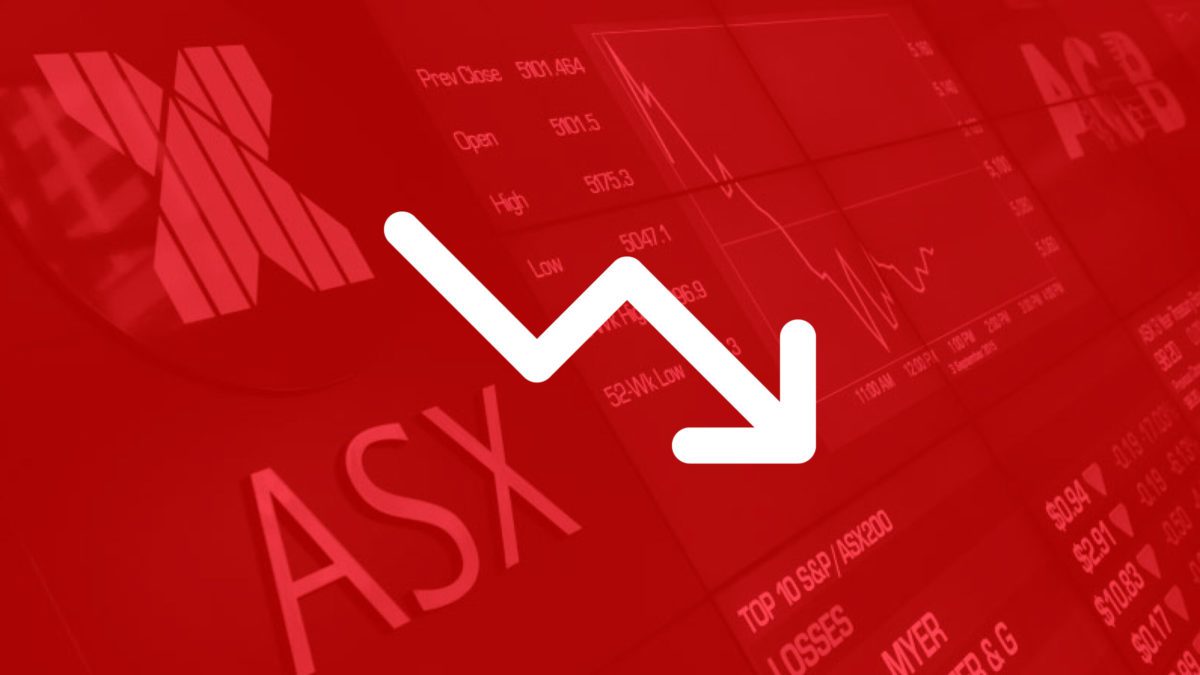Will the bond bloodbath continue this week?
It was an unfortunate end to earnings season if you were a technology or fast-growing company in Australia. A spike in bond rates, which could be considered both an expected and unexpected event by investors depending on your position, sending global markets into a tailspin; for a day at least.
On the face of it, reporting season was a resounding success. Many professional managers are suggesting the corporate sector is in rude health. Sales for any online-focused business are up substantially, including the grocery retailers. On the other hand, capital intensive and inventory heavy businesses have benefited from astute management focused around cost cutting, running down inventory and shutting down plants that in some cases delivered higher profits despite falling revenue.
The big question, however, is whether or not these companies can now scale up to respond to spiking demand in what is expected to be a strong economic recovery. And more so, how impacted they will be, if at all, by the clear difficulties that lie ahead for the smaller businesses around Australia. It is all well and good to stand down employees, reducing capacity and cut costs during a pandemic, but the key to long-term success and profitability is being able to ramp up production without significant cost.
After a busy four weeks of reporting season, all eyes now turn towards the real economy, and with fiscal stimulus soon to be withdrawn the timing couldn’t be better. The most important announcements this week include new home loans in Australia on Monday. The consensus is for 3.5% month on month growth, following an incredible 8.7% growth in December. Despite bond rates not directly contributing to home loan rates, it is clear the property sector has been a huge beneficiary of monetary and fiscal stimulus delivered throughout 2020.
On Tuesday, the Reserve Bank of Australia will make their interest rate decision once again. It is likely to be a ‘nothing to see here’ announcement after previously flagging the extension of their quantitative easing policies and confirming rates will be kept low for the foreseeable future. Given the AUD remains stubbornly close to $0.80 some action around further bond buying or comments around ‘additional support’ would not be unexpected. We will also see the release of the US PMI or activity indicators for the manufacturing sector, which after jumping to 58.7 in January is expected to stagnate following as the economic recovery slowed.
Australian GDP results will be released on Wednesday, which will encompass the end of the Victorian lockdowns. After seeing strong growth of 3.3% in the September quarter, experts are suggesting a comparative slowdown to 1.2% for the December quarter as retail sales and commodity exports stuttered. Retail sales for January will follow the GDP result, with a flat 0.6% growth expected after the huge results in December as Victorian’s emerged from their statewide lockdown. This will be an important indicator to determine the level of confidence from the private sector and understand whether recent retail trends may be able to continue.









